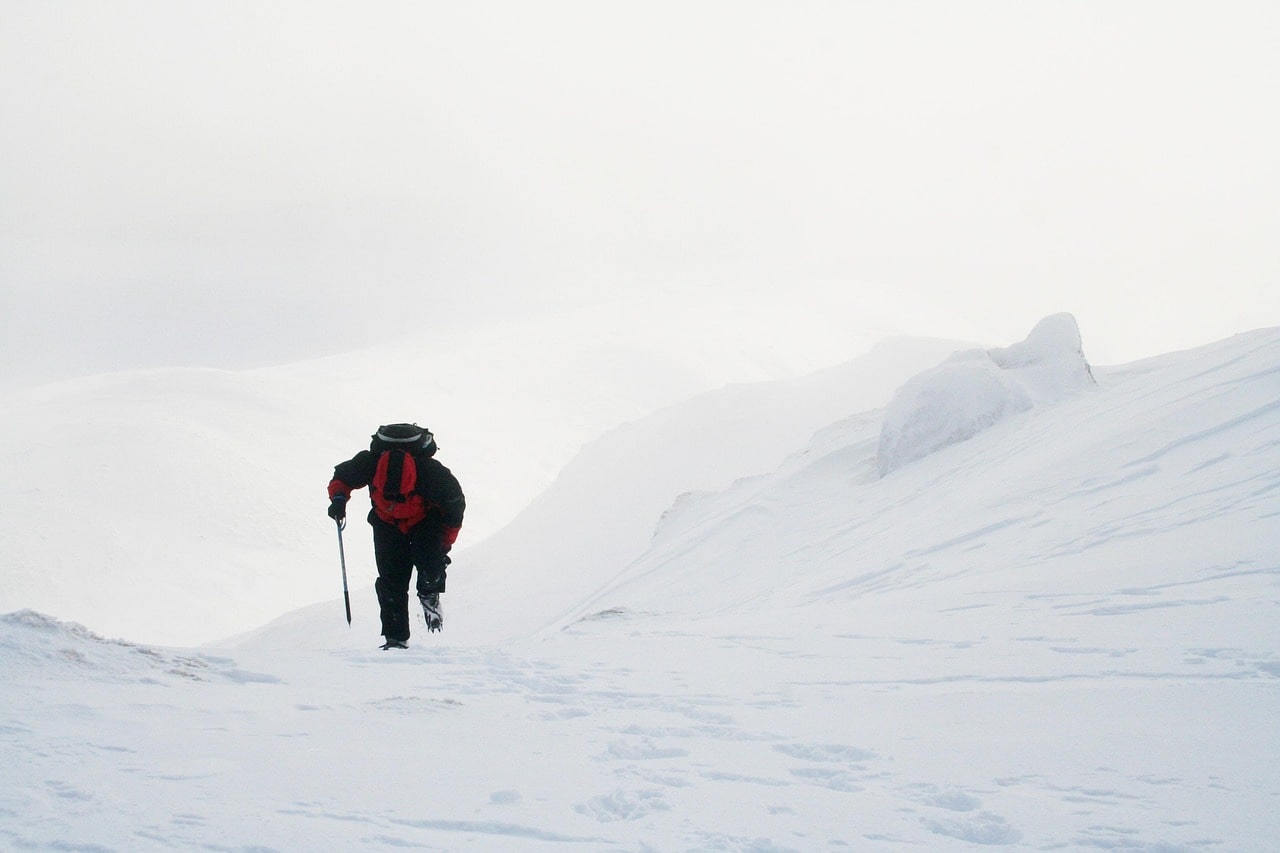Lobuche Peak East at 6,119 meters is one of the most iconic trekking peaks in Nepal’s Everest region. It is attractive to climbers seeking Himalayan climbing without direct exposure to extreme technical ascents. But without the publicity, Lobuche Peak is far from an easy climb. It mixes high altitude, technicality, and psychological resilience, making it a demanding test for body and mind.
If you’re wondering how difficult it is to climb Lobuche Peak, here’s a breakdown of what to expect, how to prepare, and what makes this mountain demanding yet rewarding.
A Mountain of Altitude and Challenge
At over 6,000 meters, the Lobuche Peak places you firmly in the high-altitude zone where oxygen is almost half of what you breathe at sea level. Thin air produces one of the biggest challenges for the mountaineers. The risk of altitude sickness headaches, nausea, and dizziness becomes significantly high here. Proper acclimatization is not just advisable but essential for a safe and successful climb.
The climb to Lobuche itself follows the general Everest Base Camp route, giving climbers a gradual acclimatization to higher elevations. But the summit day involves a demanding effort, from the upper camp at around 5,100 meters and taking almost 1,000 meters higher. The final push involves 10 to 12 hours and tests even seasoned climbers to their limits.
Technical Terrain That Requires Talent and Care
Unlike a straightforward trekking peak, Lobuche East requires a genuine mountaineering experience. From glacier traverses to steep ice and snow couloirs, every step will require technique and caution. You will need to employ crampons and ice axes to ascend slopes of 45 to 60 degrees. Fixed ropes are anchored in the steepest sections, and jumars (ascenders) are used by climbers to zip up the ice vertical walls.
Lobuche East’s ridge is also thin and exposed, offering a further psychological test. It’s a place where one misplaced step can be calamitous. Although your guides shall lead and secure ropes, climbers need to remain focused and steadfast. This exposure makes Lobuche stand out from other less complicated peaks and renders it more difficult.
The Physical Demands Are Significant
You do not need to be a high-level athlete, but extremely good physical fitness is required. The climb takes endurance to walk for hours each day and strength to deal with steep, technical ground carrying heavy packs and low oxygen. Summit day is particularly taxing from the cumulative effort in cold, thin air.
Training should include long hikes with elevation gain, cardiovascular workouts like running or cycling, and strength exercises targeting your legs and core. Preparing mentally for long hours of climbing in tough conditions is just as important. You’ll need the stamina to push through fatigue and discomfort during those final, demanding hours.
An Overlooked Challenge
Lobuche climbing is a physical and psychological challenge. The climb to the summit is a pre-dawn initiative, typically at midnight or earlier, in sub-freezing temperatures. Cold, thin air and exposure on the ridge take a toll even on the strongest spirits.
Staying calm, managing fear of falling or heights, and maintaining focus on your movement are crucial. Your confidence in trusting your guides and your attitude can make all the difference between success and withdrawal.
Weather Conditions Affect Difficulty
The weather in the Everest region is famously unpredictable. An unforeseen storm, heavy snow, or a gust of strong winds will turn an already hard climb into a nightmare. The most suitable times to attempt Lobuche are spring (March to May) and autumn (September to November) when the weather is relatively peaceful.
During winter and monsoon periods, the mountain is highly dangerous due to snowfall, slippery roads, and freezing weather. Ascent of Lobuche outside the recommended seasons highly increases the difficulty and risk involved.
Experience and Support
You don’t have to be a seasoned mountaineer, however. Some knowledge of basic climbing techniques like crampons, ice axe techniques, and rope systems will prove to be very useful. Most climbing tour operators include a day or two of technical acclimatization at base camp before the attempt at the summit, which is well worth it.
Furthermore, the presence of sherpa guides and assistance staff renders the challenge significantly simpler. They install ropes, carry heavy burdens, and watch over route security. Their experience and skill can turn a daunting climb into an open adventure.
How Is Lobuche Similar to Island Peak?
Although Island Peak and Lobuche are similar in height, Lobuche is technically more demanding. Wider ice walls and a more open summit ridge require better rope technique and vertical ground experience. Climbing Island Peak is less technical and is a better acclimatization for novice mountaineers.
Final Thoughts on Lobuche Peak Difficulty
Lobuche East is a physically and technically challenging mountain that challenges your body, experience, and mental stamina at high altitude. It’s an excellent climb for anyone who is prepared to tackle its challenge, with stunning Himalayan scenery and a genuine mountaineering experience.
If you intend to climb Lobuche Peak, the priority would be proper training, acclimatization, and choosing the proper mountaineering team. With proper preparation, the summit is well within reach but it will take determination, experience, and respect for the mountain.


